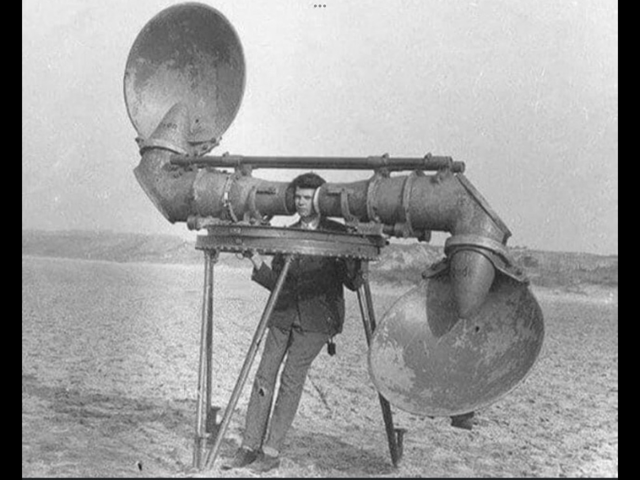Roon, Meitner MA3 (source via Ethernet), Pass XVR1, 4 Benchmark AHB2 amps in mono, TAD R1s with the woofer LPFs bypassed. Pass XVR1 was set up by Andrew Jones, as a personal favor. This is a very complicated thing to do, I would not try to DIY this step. The passive HPF for the coax TAD driver remain stock. Convolution filter was designed by Mitch Barnett. Room treatments are all RPG with setup designed by RPG.
Coincidentally the AHB2s were designed by Andrew's twin brother. These are fantastic amps. I much prefer them to all my previous amps and they were a fraction of the price, weight, heat and power consumption (in Florida this matters).
Andrew Jones preferred we implement the crossover in the analogue domain. This simplified things somewhat (just need one DAC). Digital purists may disagree and there are things we could have done in the digital domain that cannot be done with a Pass XVR1. Maybe at some point I'll try a fully digital crossover, but for now this sounds fine.
In my experience, you need a professional setting up your DSP and the stuff that's built into consumer products doesn't even come close to what can be done now with a proper convolution filter running in a computer (in my case in the Roon NUC).









